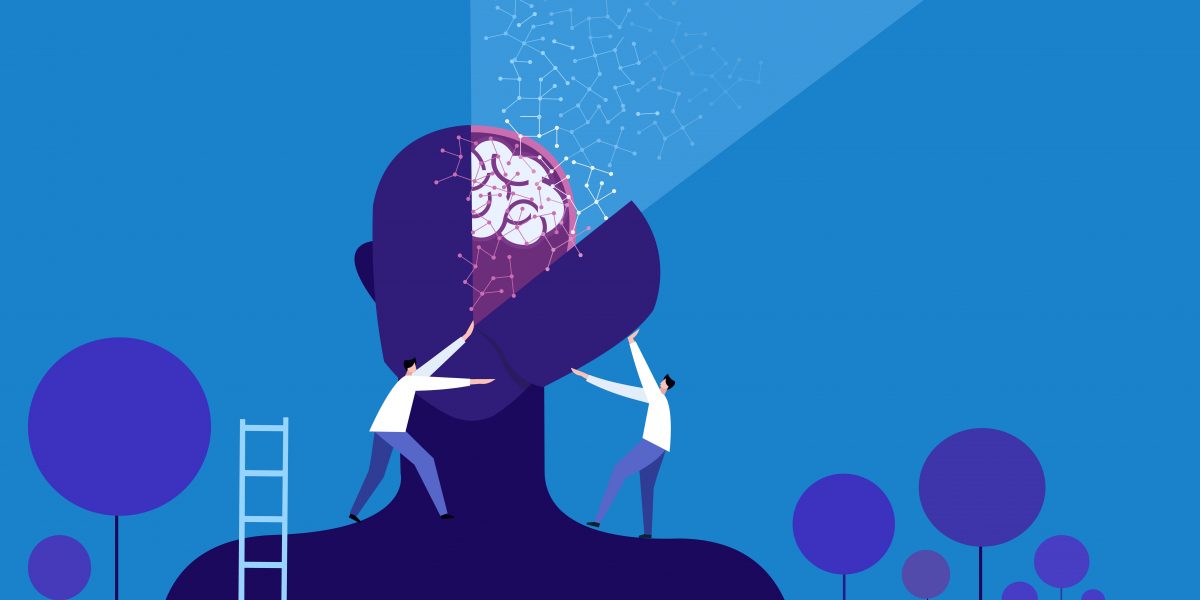
in this article
- Introduction
- Neuroplasticity
- Adaption Through Experience
- Psychedelics and Neuroplasticity
- Change Through Psychedelics
- Change Your Mind Change Your Life
- How Psychedelics Changed My Mind
- Conclusion
Are you 18 or older?
Please confirm that your are 18 years of age or older.
You are not allowed to access the page.

Disclaimer: The views and opinions expressed in this article are those of the authors and do not necessarily reflect the official policy or position of Chemical Collective or any associated parties.
Many people can confidently say that psychedelics allowed them to change themselves for the better, often quite drastically. Outlandish claims about these substances are common, but how much truth is there to them?
Can you build better habits with psychedelics? Therapy in combination with psychedelics has been proven to be more effective at changing beliefs than you might expect. In this article, we will explore which functions of the brain create habits, beliefs, and biases. Then, we will examine how psychedelics can help you to use these pathways to your advantage.
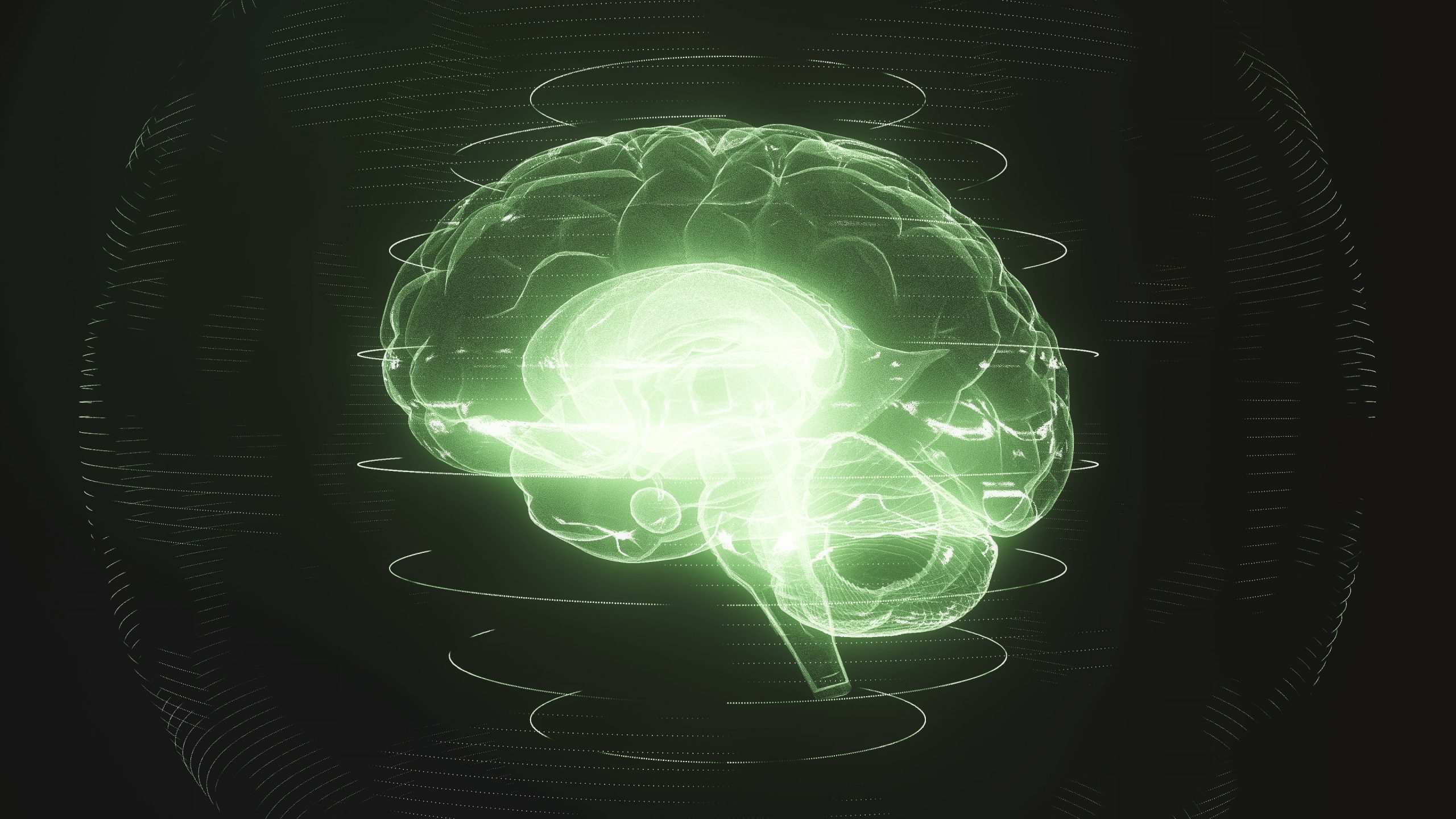
Before we cover how to change our brain’s pathways, let’s first define some terms and explore how they work:
Neuroplasticity refers to the brain’s ability to change and adapt in response to experience and learning. The following are the main parts that work together to allow neuroplasticity in the brain:
Neurons are the basic building blocks of the brain. They communicate with each other through chemical and electrical signals, forming complex neural networks. Neurons can change their connections with other neurons in response to experience, which is known as synaptic plasticity.
Neurotransmitters are chemical messengers that allow neurons to communicate with each other. They play a crucial role in synaptic plasticity by modulating the strength of synaptic connections.
Growth factors are proteins that promote the growth, survival, and differentiation of neurons. They play a crucial role in neuroplasticity by promoting the growth and survival of new neurons and facilitating the formation of new synaptic connections.
Brain-derived neurotrophic factor (BDNF) is a growth factor that plays a crucial role in synaptic plasticity and neurogenesis. It is involved in the formation and maintenance of synaptic connections and the survival and differentiation of new neurons.
All of these elements work together in complex ways to allow neuroplasticity in the brain. Through the processes of synaptic plasticity and neurogenesis, the brain can change and adapt in response to experience and learning, allowing us to acquire new skills, form new memories, and recover from brain injuries.
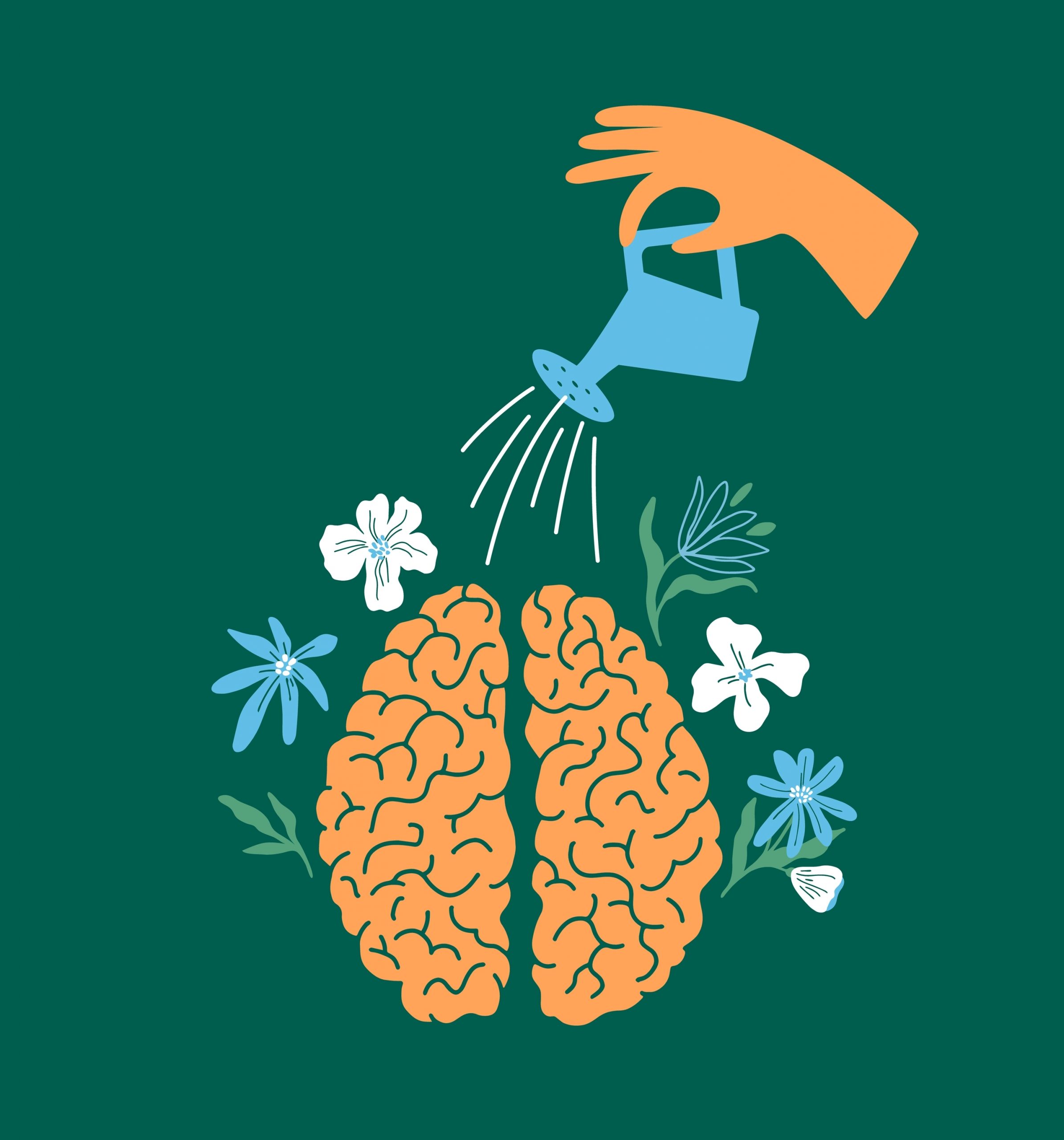
A simple analogy to explain neuroplasticity is to think of your brain as a garden, which can grow and change over time. Just as you can plant different seeds and watch them grow into different plants, your brain can likewise form new connections between neurons and change its structure based on your experiences and actions.
Just as a garden can adapt to different weather conditions and grow in different directions, your brain can adapt to new situations and learn new things, even as you get older. So, in the same way that you can tend to a garden and help it to thrive, you can also take actions which promote neuroplasticity and help your brain to stay healthy and adaptable.
Psychedelics are one of the most powerful ways to take advantage of neuroplasticity.
Neuroplasticity is what allows our minds to come to conclusions faster, make decisions more confidently, and move through a world we feel we understand. As we repeat thoughts and actions they become patterns. This can be useful, but it becomes an issue when the thought pattern in question is damaging.
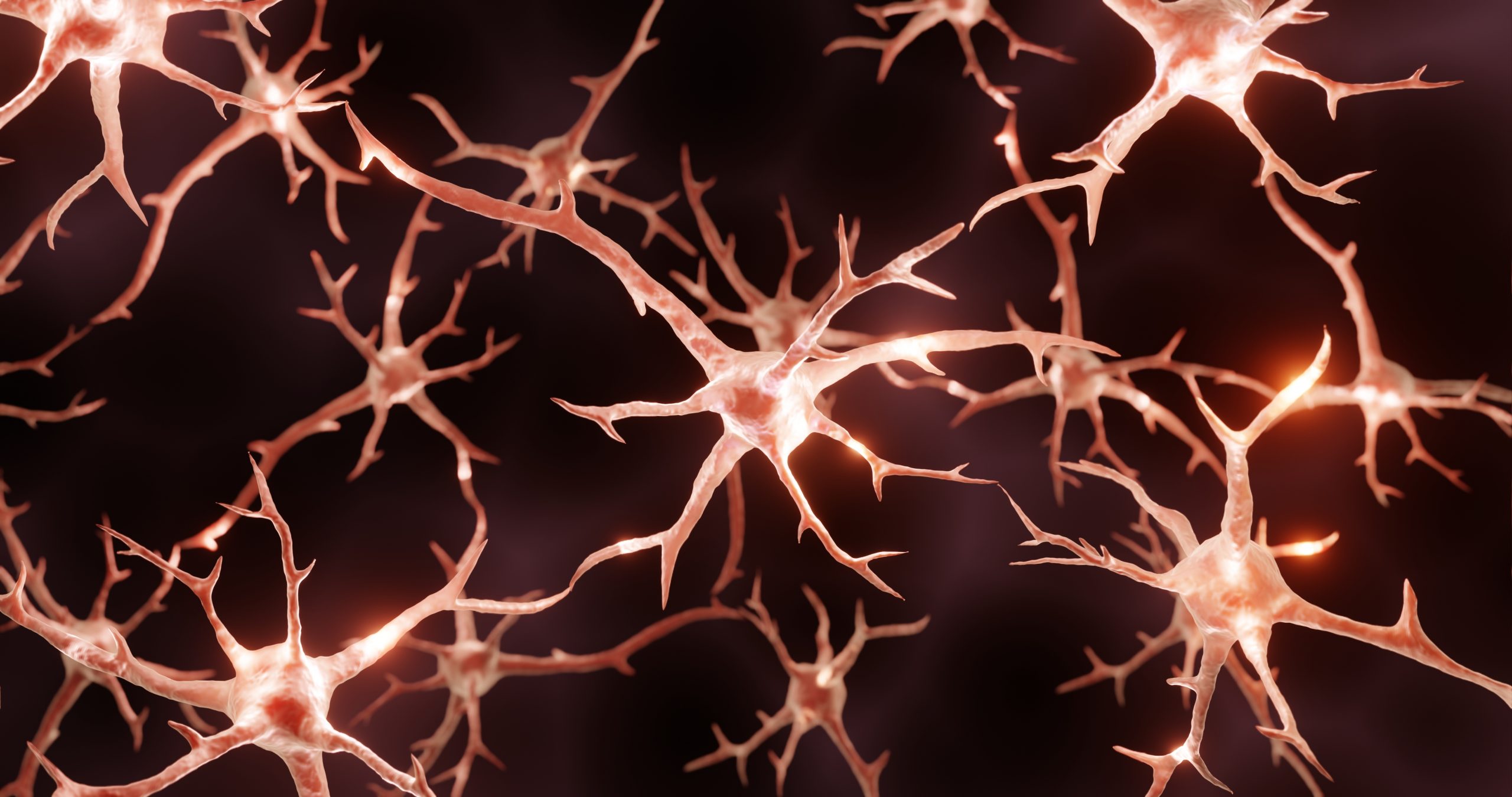
New or repeated experiences can create new thought patterns, or habits, through neuroplasticity by strengthening and building new neural connections in the brain.
When you experience something new or repeatedly engage in a certain behavior, your brain forms new connections between neurons that allow for more efficient and effective processing of that experience or behavior.
This process is called synaptic plasticity, and it occurs through the strengthening or weakening of existing connections between neurons or the creation of new connections.
Over time, these strengthened connections become more robust and can become the basis for new thought patterns or habits. For example, if you repeatedly practice a skill, such as playing the guitar, the neural connections involved in playing the guitar will become stronger and more efficient, making it easier for you to play without having to consciously think about each step.
Likewise, if you repeatedly think a certain way or engage in a certain behavior, the neural connections involved in those thoughts or behaviors will become stronger and more efficient, making it easier for you to continue thinking or behaving in that way.
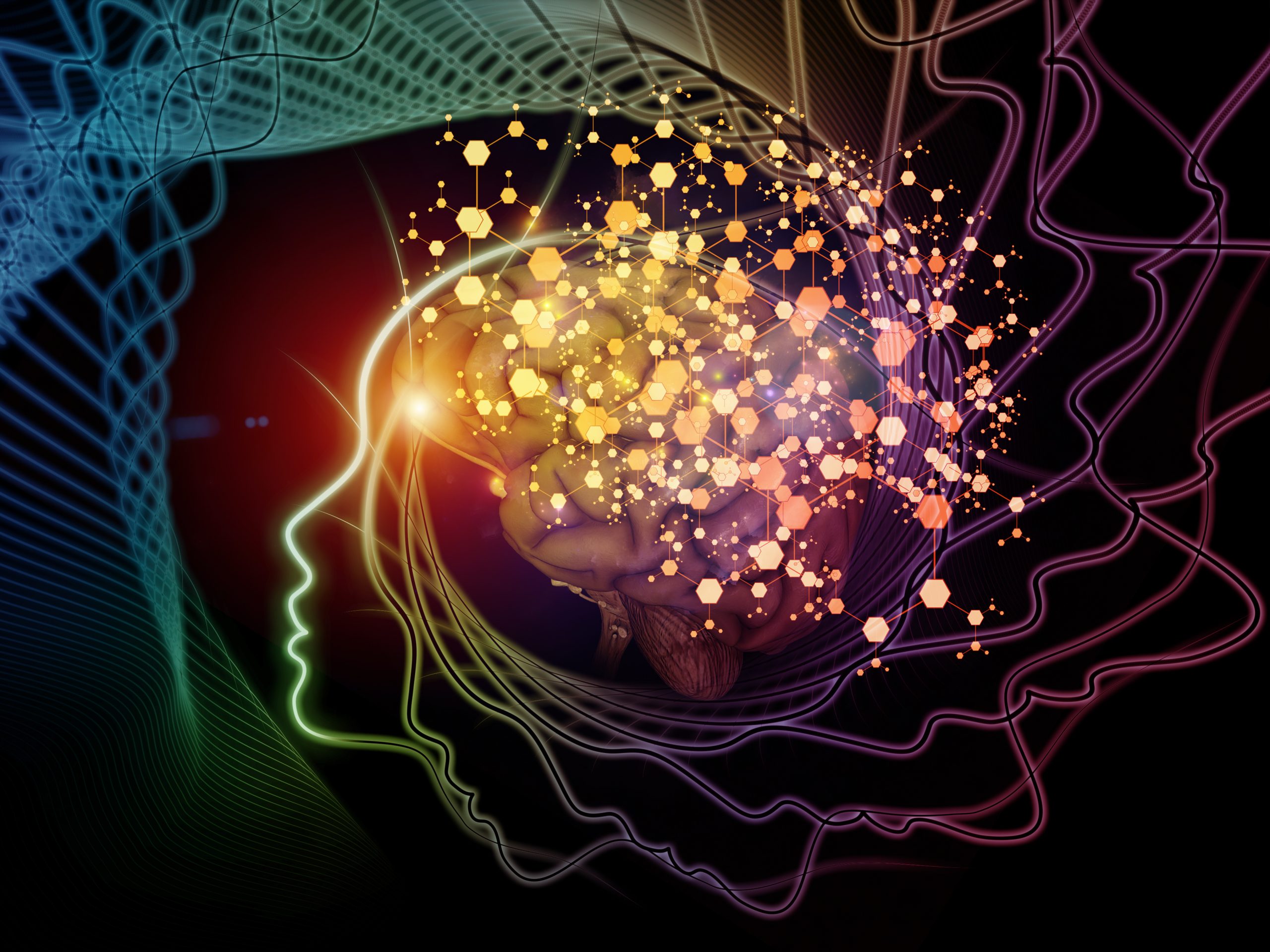
Psychedelics are a class of substances that can induce profound changes in perception, mood, and cognition. There is growing evidence to suggest that psychedelics can also have a profound impact on neuroplasticity, both in the short term and the long term.
Psychedelics are well-known for giving people incredibly impactful experiences. These “trips” can be pivotal moments for people and allow them to make lasting changes in their life. This is very much a subjective feeling, but there are plenty of science-backed functions that are contributing to this as well.
Psychedelics can promote neuroplasticity, opening up new doors for our thought processes.
Neuroplasticity allows the brain to adapt and change based on new experiences.
This creates new thought patterns or habits that can be either positive or negative depending on the nature of the experience. Psychedelics put us in a new headspace and make it easier to comprehend different perspectives.
With intentional effort and repetition, it is possible to harness neuroplasticity to create new positive habits and thought patterns, while breaking free from negative ones. Here are some ways in which psychedelics may affect neuroplasticity:
Studies suggest that psychedelics can increase the number of synapses in certain brain regions, which is known as synaptogenesis. This effect is thought to be due to an increase in the expression of brain-derived neurotrophic factor (BDNF), a growth factor that plays a crucial role in synaptogenesis.
Psychedelics increase neural plasticity in several brain regions, including the prefrontal cortex and the hippocampus. This effect is associated with the activation of certain receptors, such as 5-HT2A receptors, which are known to play a key role in neural plasticity.
Neurogenesis is the process by which new neurons are generated in the brain. Studies suggest that psychedelics can increase neurogenesis in certain brain regions, including the hippocampus. Similar to neural plasticity, this effect is thought to be due to the activation of certain receptors, such as 5-HT2A receptors.
The DMN is a network of brain regions that is active when the brain is at rest and not engaged in any specific task. Psychedelics have been shown to disrupt DMN connectivity. Because of this, there may be a connection here to the therapeutic effects of psychedelics.
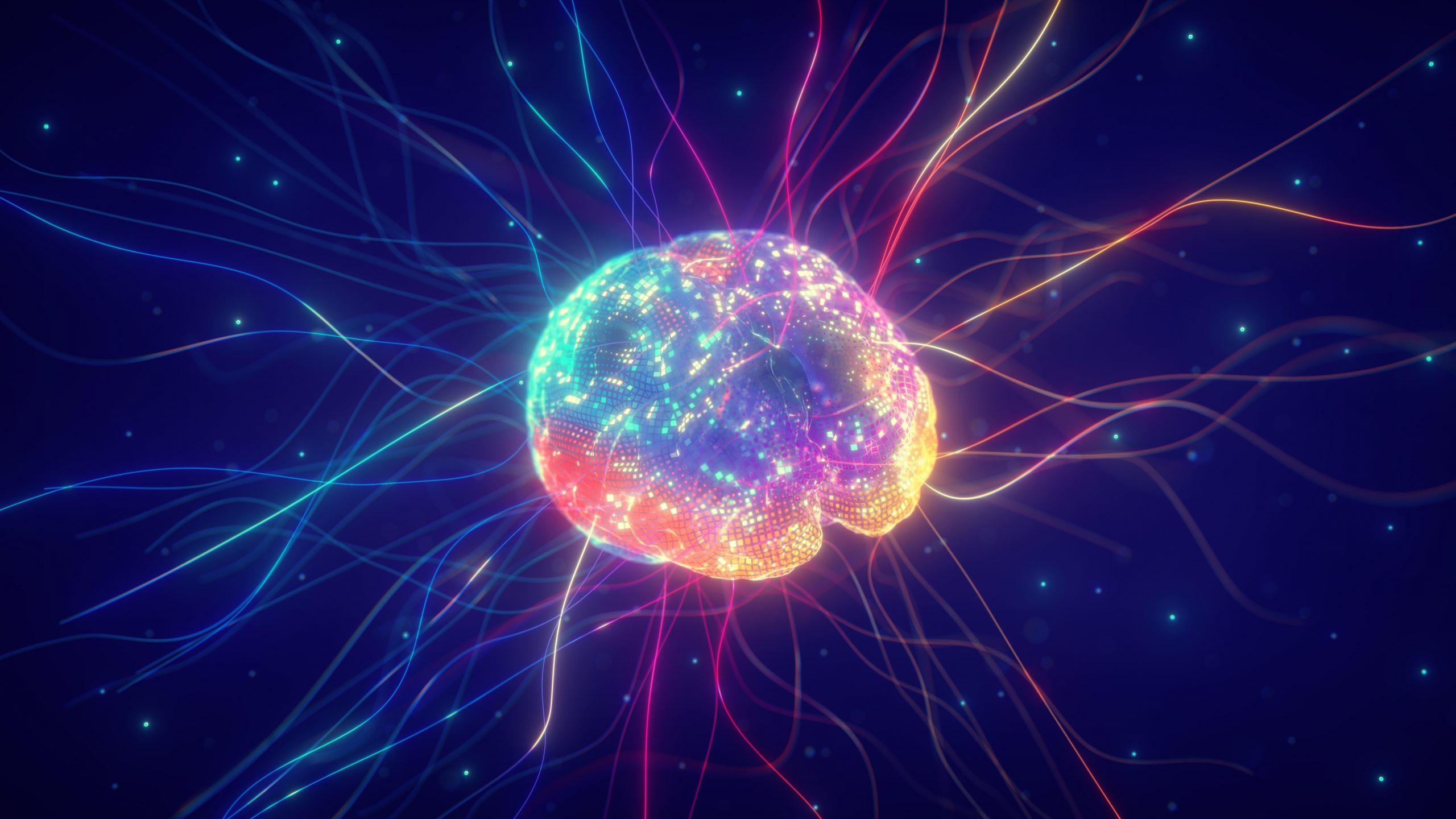
If you talk to most individuals who have had psychedelic experiences, it’s common to hear that it was an incredibly impactful moment in their lives. On both a neurological and psychological level, individuals have undergone valuable changes.
Psychedelics can lead to profound insights and perspective shifts, which can help individuals see their habits and behaviors in a new light. This breaks the cycle of habitual behavior and opens up new possibilities for change.
Psychedelics can increase mindfulness and introspection, which can help individuals become more aware of their habits and behaviors. This increased awareness can help individuals identify patterns of behavior that are not serving them and create new habits and behaviors that align with their goals.
Psychedelic-assisted therapy is an emerging field that uses psychedelics in a therapeutic context to promote behavior change. By combining the effects of psychedelics with therapy, individuals can work through deep-seated issues that may be contributing to their habits and behaviors and create new, healthier patterns of behavior.
As mentioned earlier, psychedelics have been shown to increase synaptogenesis and neural plasticity, which can lead to changes in behavior and habits. This effect can be enhanced by engaging in activities that promote neuroplasticity, such as exercise, meditation, and cognitive training.

Change starts on the inside, that much is certain. Regardless of how you approach it, making major changes in your life must first begin as desires and thoughts in your mind.
You may have core beliefs that have been exposed as false, or easily fall prey to negative thought patterns. Regardless of what it is within you that needs to change, psychedelics can be an important tool for reframing your perspective and ideas. Neuroplasticity enables you to solidify this new “version” of yourself.
In a scientific sense, our thoughts are closely linked to our words and actions through the neural pathways in our brains. When we have a thought, electrical signals are transmitted through our neurons and the connections between them. These signals activate areas of the brain associated with the thought, which can in turn trigger a chain of events that lead to words or actions.
Habitual thought processes from repetition or environmental factors can create powerful thought patterns. Likewise, these thought patterns can create very real patterns within our lives.
For example, if you have the thought “I’m hungry,” this thought can activate neural pathways in the brain associated with hunger and eating. This can then trigger a physical response, such as going to the kitchen and making yourself a snack.
In a poetic sense:
Our thoughts can be seen as the seeds from which our words and actions grow.
Our thoughts influence our perceptions and interpretations of the world around us, which in turn influence the words we use to describe that world and the actions we take in response.
For example, if you have a positive thought about a friend, this thought can influence the words you use to describe that friend and the actions you take to show your appreciation for them.
Likewise, if you have a negative thought about yourself, this thought can influence the words you use to describe yourself and the actions you take in response, such as avoiding certain situations or activities.
In both a scientific and poetic sense, our thoughts have a powerful influence on our words and actions. By cultivating positive and constructive thought patterns, we can create a ripple effect that leads to positive words and actions, both for ourselves and those around us.

In this article, we’ve talked a lot about the science behind neuroplasticity and psychedelics. Of course, no claim about LSD changing lives would be complete without a personal anecdote.
It is hard to put my finger on specific ways that psychedelics have changed me, but one change in particular stands out the most. Through experiences with LSD my deeply ingrained beliefs about my body image were profoundly altered.
My entire life I viewed my body as skinny, weak, and frankly less able than I thought it should be. My family never hesitated to call me skinny – we all were! You get categorized quickly during your time in school as well. By the time I was 22, my body had grown from my active lifestyle, but I wouldn’t have noticed. My body image was fixed in my mind.
For a time, I lived in Hawaii, and was fortunate enough to take many psychedelic trips into the warm-weather jungle. Jumping from rock to rock and climbing trees would amaze me; I had never considered how able-bodied I actually was! For the first time, I was able to look at this frame that I sat inside and see it as something beautiful.
Of course, integration is key. I capitalized on this new perspective and began hitting the gym and eating healthier. This momentum allowed me to make lasting changes to the thought patterns in my brain. Negative thoughts about my body now feel wrong. When I think of my body, I’m activating the same mental switches for gratefulness, excitement, and well-being.

Neuroplasticity is the brain’s ability to change and adapt in response to experience and learning, allowing us to acquire new skills, form new memories, and recover from brain injuries. Through synaptic plasticity and neurogenesis, the brain can form new connections between neurons and change its structure.
Psychedelics have been shown to have a profound impact on neuroplasticity by increasing synaptogenesis, neural plasticity, and neurogenesis, and disrupting the default mode network. By intentionally using neuroplasticity to create new positive habits and thought patterns, psychedelics can be a powerful tool for personal growth and transformation.
If you could change your mind, would you?
Landon Mickelson | Community Blogger at Chemical Collective
Landon is one of our community bloggers here at Chemical Collective. If you’re interested in joining our blogging team and getting paid to write about subjects you’re passionate about, please reach out to David via email at blog@chemical-collective.com

Welcome to Chemical Collective.
Create an account to earn 200 welcome points.
Already have an account? Sign in


Check out our Community Blog and get involved with the conversation. You will be awarded 50 x ChemCoins for each comment up to a limit of 250 total ChemCoins.


Have you purchased any of our products? Reviews and reports are so important to the community. Share your honest opinion, and we’ll reward you with 50 ChemCoins for each review!


Every time you complete an order with us, you’ll be awarded ChemCoins for each Euro spent.
Welcome to Chemical Collective.
Create an account to earn 200 welcome points.
Already have an account? Sign in

Earn commission every time someone makes a purchase through your link.
When you become an affiliate, you will be allocated a unique link to share with your friends, followers, subscribers, or Aunt Susan.
You can choose to payout the commission earned once per month, or save it up to receive on a rainy day! Commission earned is 5% of the total order value per referral.
Contact us to join the Chemical Collective family and become an affiliate.
share your toughts
Join the Conversation.
Nothing quite like the feeling of sitting back and realizing you’ve been working for 3 hours straight with no perception of time.
really helpful thanks
Great stuff Landon. I’m happy you were able to make positive changes in your life and now have a healthy body image.
Thinking of the brain as a growing and changing garden is also helpful I feel.